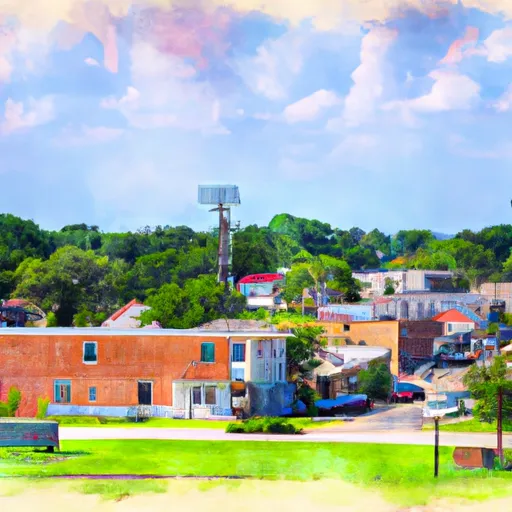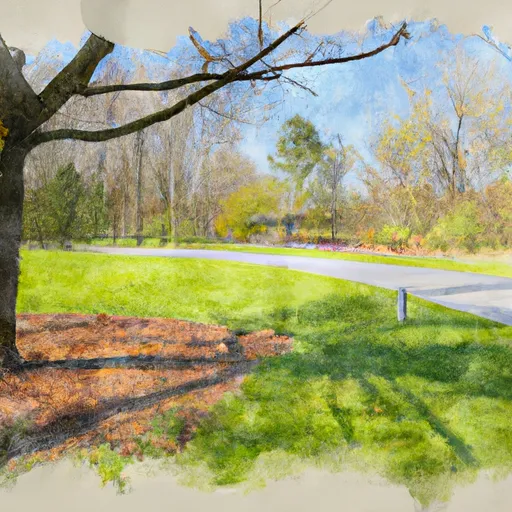°F
°F
mph
Windspeed
%
Humidity











Youngsville, Louisiana is a vibrant city located in Lafayette Parish, in the southern part of the state. With a humid subtropical climate, the area experiences hot and humid summers, mild winters, and abundant rainfall throughout the year. Summers are characterized by temperatures averaging in the high 80s to low 90s Fahrenheit, while winters tend to be mild and pleasant, with temperatures in the 50s and 60s.
Hydrologically, Youngsville is situated near the Vermilion River, which offers various recreational opportunities. Fishing enthusiasts can enjoy angling for bass, catfish, and bream in the river's waters. The nearby Bayou Teche also provides opportunities for boating, kayaking, and canoeing.
Aside from water-based activities, Youngsville boasts several outdoor recreational opportunities. Residents and visitors can explore the scenic trails and picnic areas at the Youngsville Sports Complex or enjoy a round of golf at the nearby Les Vieux Chenes Golf Course. The city also hosts various community events and festivals throughout the year, providing opportunities for outdoor entertainment and socializing. With its pleasant climate, abundant waterways, and diverse outdoor offerings, Youngsville is a fantastic destination for nature enthusiasts and outdoor adventurers.
Weather Forecast
Youngsville receives approximately 1567mm of rain per year, with humidity levels near 89% and air temperatures averaging around 20°C. Youngsville has a plant hardyness factor of 9, meaning plants and agriculture in this region tend to thrive here all year round.
Regional Streamflow Levels
1,470
Cubic Feet Per Second
428
Cubic Feet Per Second
1,740
Cubic Feet Per Second
14,700
Cubic Feet Per Second
Nearby Camping
| Camping Area | Reservations | Toilets | Showers |
|---|---|---|---|
| Chemin - A - Haut State Park | |||
| Cane Creek State park | |||
| Cypremort Point State Park | |||
| Grand Marais County Park | |||
| Abbeville RV Park | |||
| Acadiana Park |



